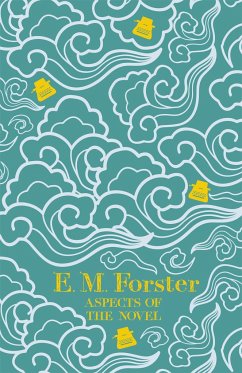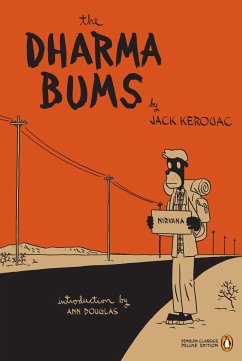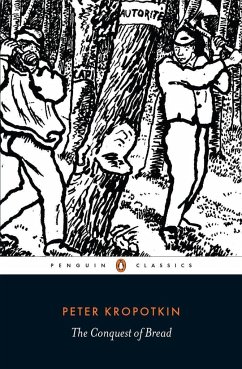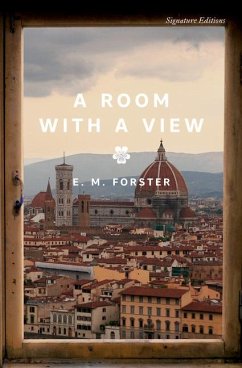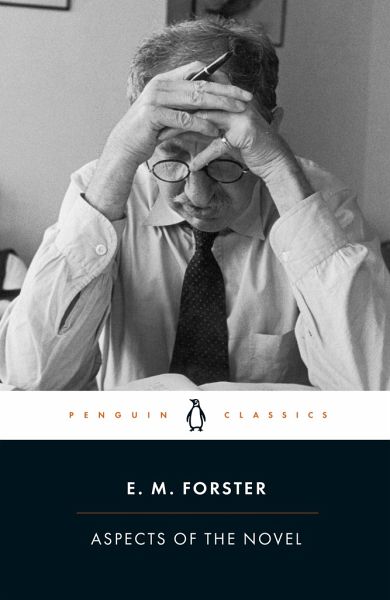
E.M. Forster
Broschiertes Buch
Aspects of the Novel
Versandkostenfrei!
Versandfertig in 2-4 Wochen

PAYBACK Punkte
8 °P sammeln!




An analysis, in which, the author rejects the 'pseudoscholarship' of historical criticism - 'that great demon of chronology' - that considers writers in terms of the period in which they wrote and instead asks us to imagine the great novelists working together in a single room.
E.M. Forster
Produktdetails
- Penguin Classics
- Verlag: Penguin Books UK
- Seitenzahl: 224
- Erscheinungstermin: 1. September 2005
- Englisch
- Abmessung: 197mm x 129mm x 22mm
- Gewicht: 174g
- ISBN-13: 9780141441696
- ISBN-10: 0141441690
- Artikelnr.: 21738245
Herstellerkennzeichnung
Libri GmbH
Europaallee 1
36244 Bad Hersfeld
gpsr@libri.de
"E.M. Forster,s Aspects of the Novel, published in 1927, is canonical for good reasons", says James Wood, one of the leading critics of our time.
Another eminent critic, James Kermode, says in his sharp, witty introduction to this Penguin Classics edition: "Aspects of the Novel is …
Mehr
"E.M. Forster,s Aspects of the Novel, published in 1927, is canonical for good reasons", says James Wood, one of the leading critics of our time.
Another eminent critic, James Kermode, says in his sharp, witty introduction to this Penguin Classics edition: "Aspects of the Novel is the work of a practised artist" - for E.M. Forster at fourty-eight, when he took up the Cambridge lectures on "Period or periods of English Literature" that form this book, was the widely acclaimed author of six major novels ("A Passage to India", A Room With a View" etc.).
It is here that he formulates his famous, undisputable definition of the novel: "any fictitious prose work over 50.000 words", here also that he elaborates his not quite so undisputable distinction between flat and round characters.
Forster is a lively, provocative critic, and some of his attacks on deities such as Henry James, George Eliot and Walter Scott have raised fierce contradictions. Well, different readers read the same book differently, but "Aspects of the Novel" is one of the texts that teach us how to make better use of the books we read.
But first of all it gives us an immense pleasure to see our beloved literary characters discussed in such a masterful manner.
Weniger
Antworten 0 von 0 finden diese Rezension hilfreich
Antworten 0 von 0 finden diese Rezension hilfreich
Andere Kunden interessierten sich für




